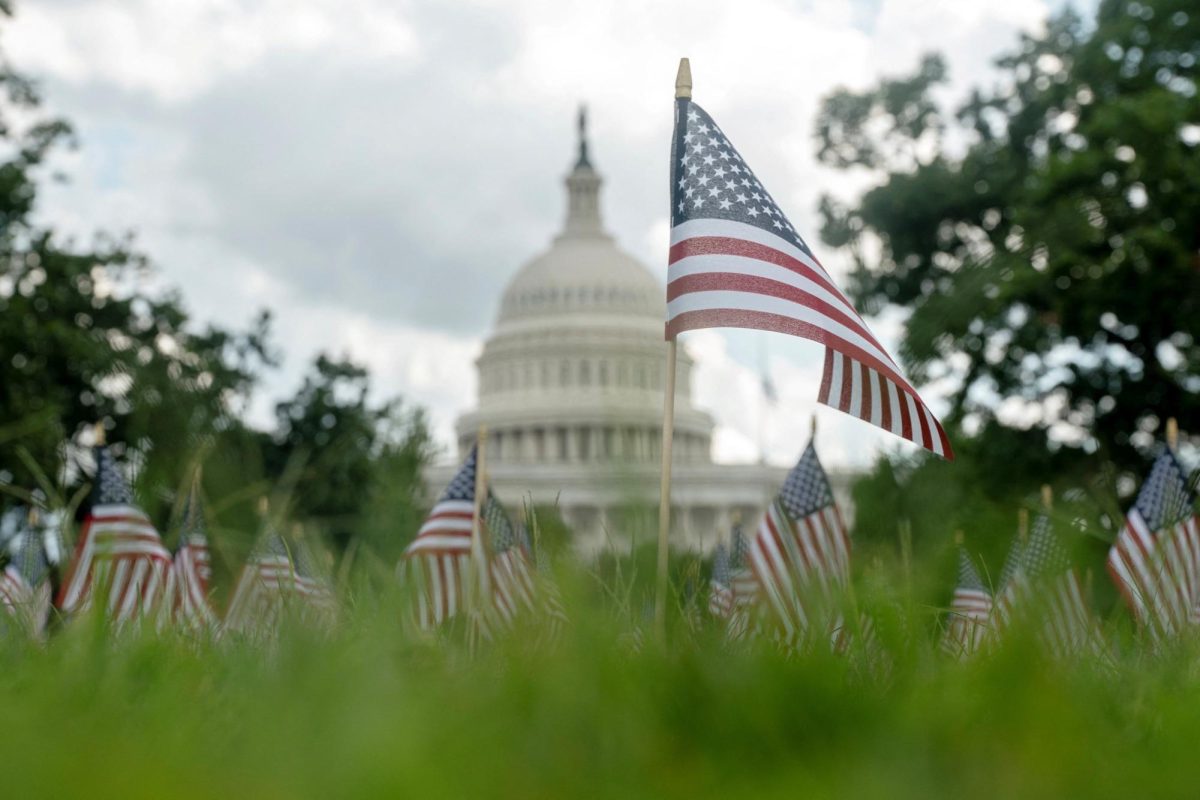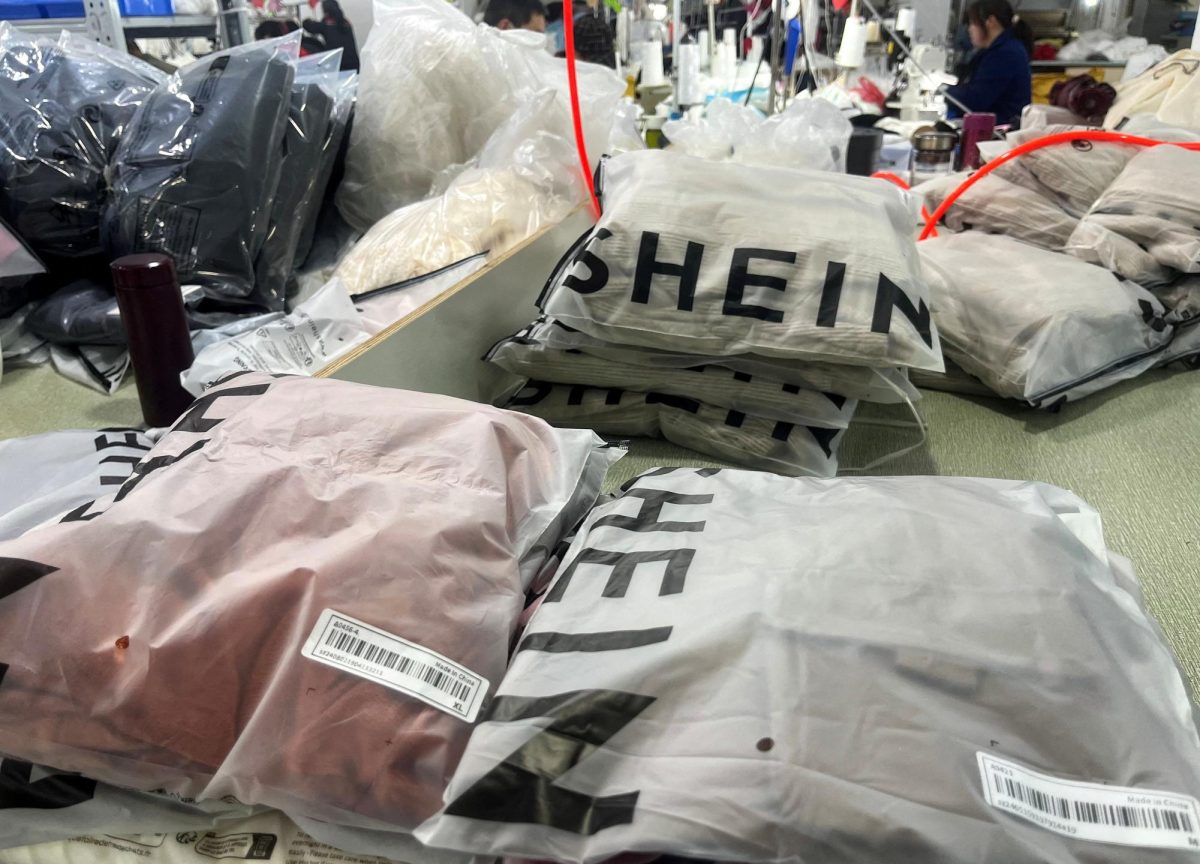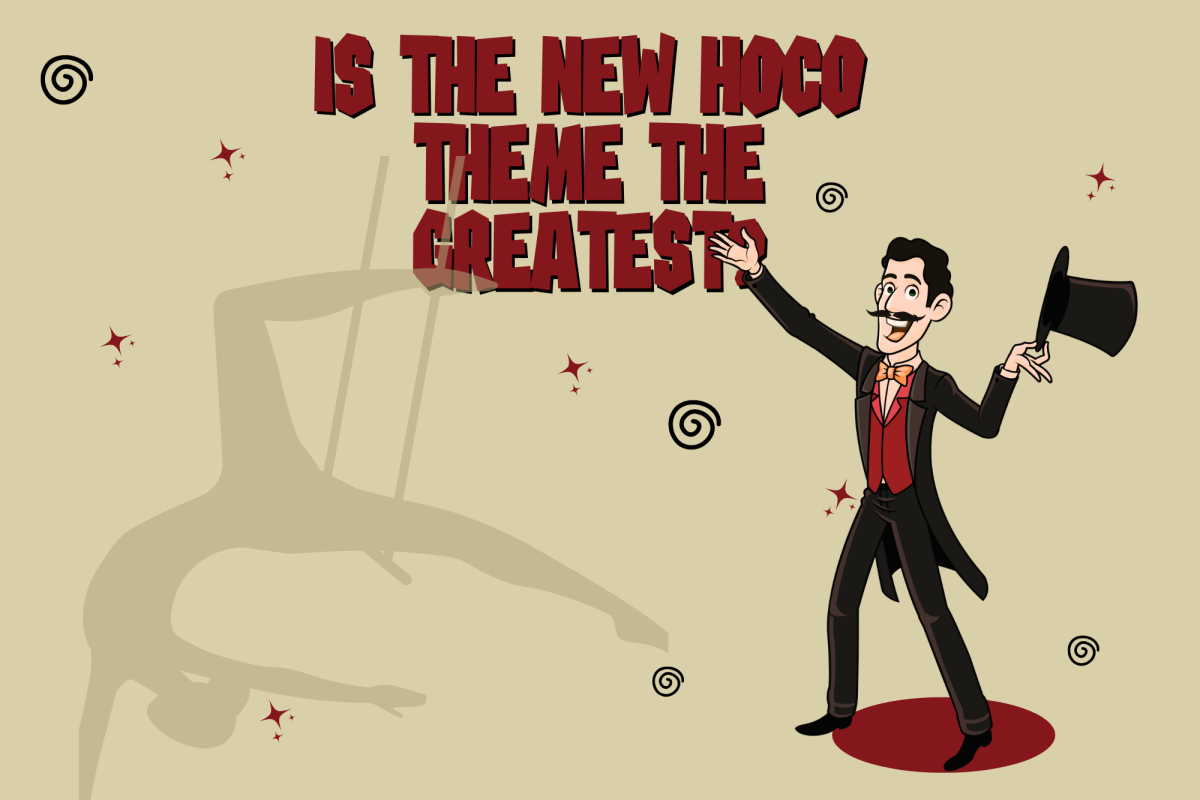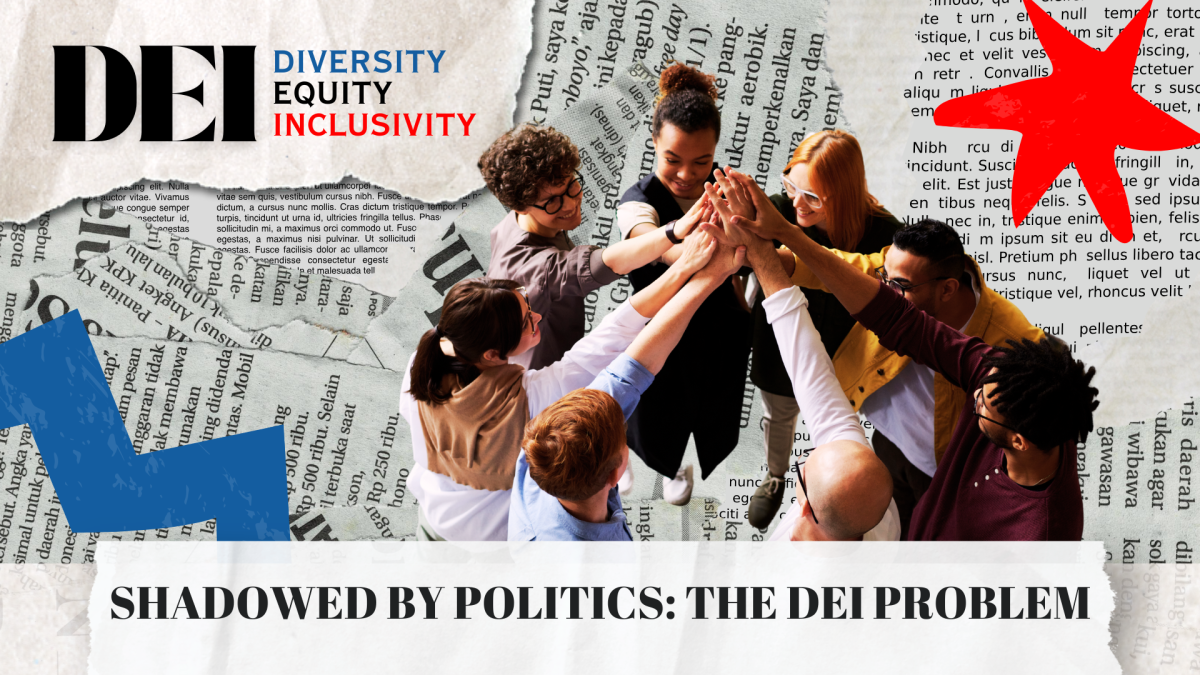To thrift or shop fast fashion: that is the question.
There are many ways to be environmentally conscious when shopping for clothing, but some students at Rancho Cucamonga High School find thrifting to be one of the best ways to preserve the environment.
“My opinion of thrifting is that it’s super cool, super chill,” said senior Chloe Nieto. “It allows people to find vintage pieces that they really like or even new pieces. It’s a way to express yourself through style.”
Junior Alita Kanu also commented on her opinion of thrifting.
“I think it’s a really awesome way to get your hands on nice clothes without having to resort to fast fashion or other ways that may be a little more harmful to the environment,” Kanu said.
But, overall, is thrifting better for the environment than fast fashion? In short, the answer is yes. According to Princeton University, the fast fashion industry uses an excessive amount of water and creates toxic wastewater.
“Fast fashion clothes aren’t made to last, so they break really easily,” said Kanu. “They rip after, like, two times, or when you wash them, and they just get thrown into landfills and they’re kind of just sitting there and rotting. But when you thrift, you’re kind of taking things that other people can’t use, but that you can repurpose, and put love into and just make it beautiful again.”
Ms. Berenice Sealy, who teaches economics and earth and space science said that purchasing fast fashion is one of the worst things people can do for the environment.
“The problem with fast fashion is that a tremendous amount of carbon dioxide is released to make all those clothes,” said Sealy.
Sealy also said the problems with fast fashion go beyond simply making the clothes.
“Then, if you’re talking about Shein, the amount of climate change that’s caused by all the transportation of these clothes, and then you buy a bunch, then you don’t like them, and you send them back…you know they don’t resell them. They burn them,” Sealy said. “And so, now you create even more climate change.”
Sealy went on to describe how important nature is to human life.
“I think that what we don’t understand is that we are not apart from nature, we are a part of it, and when it goes down, we go down with it,” said Sealy. “Everybody knows trees make oxygen, so you take all those out and you damage our ecosystem. We can’t live without nature. We think we can, that technology will save us, but there’s no way we can afford to pay for all the things that nature does for us.”
Students at RCHS also discussed the benefits thrifting gives to both our Earth and its people.
“Some benefits I see thrifting gives to our Earth and the people who inhabit it is how people can donate clothes instead of throwing them away so they don’t all end up in landfills, but can then be reused,” said senior Onnie De La Parra. “More people should thrift instead of shopping fast fashion.”
Junior Ray Gonzalez also agreed thrifting is better for the environment than fast fashion.
“Yes, it is way, way better for our ecosystem,” said Gonzalez. “It conserves resources, doesn’t waste as much clothes, and wherever the clothes go, it definitely saves power to not waste the clothes.”
While thrifting helps the environment, being an environmentally-friendly fashion consumer goes beyond just shopping at second-hand stores.
“It’s not just thrifting, but also, choosing a few pieces to your wardrobe that you’re gonna be able to keep for a long time,” Sealy said.








